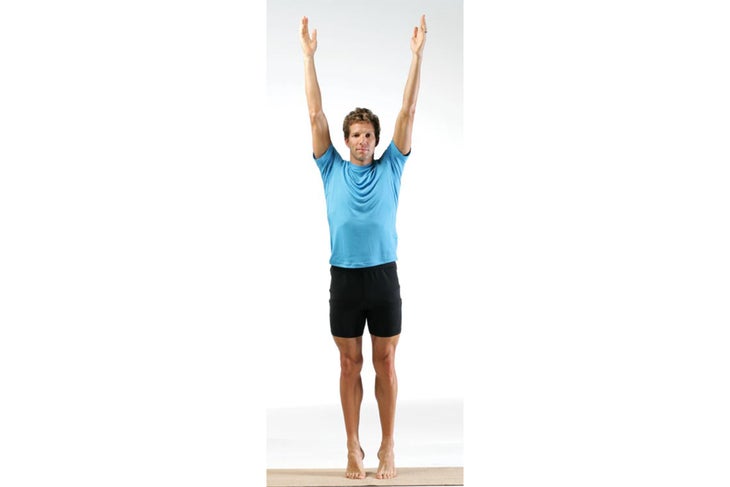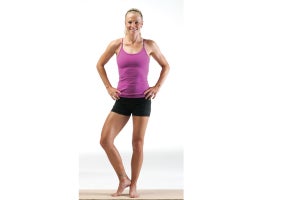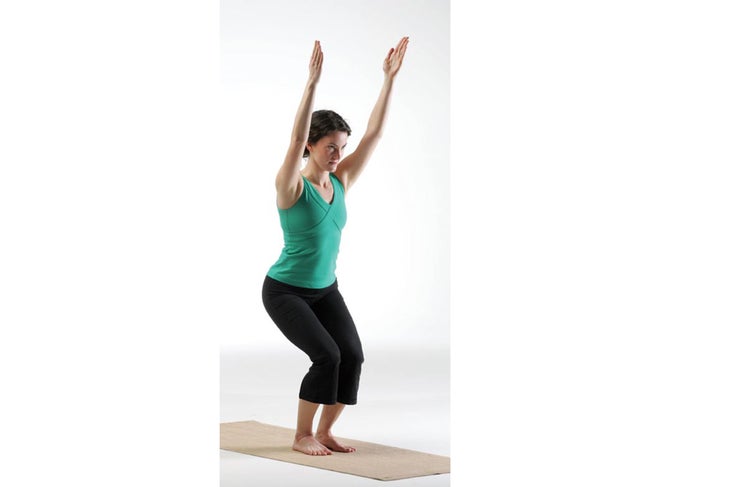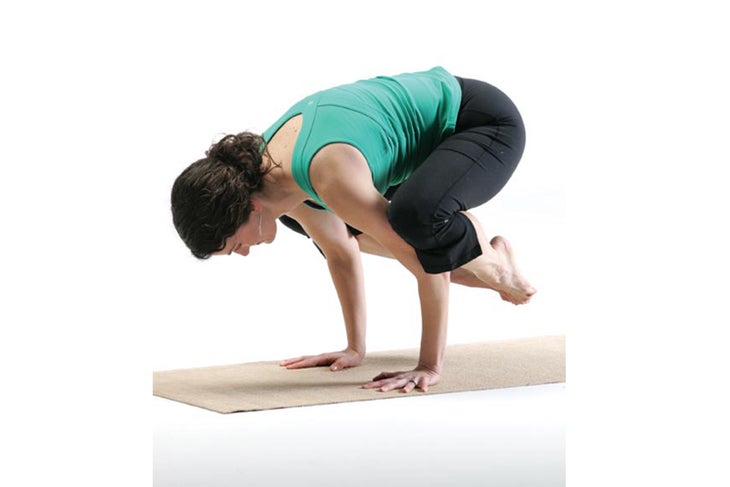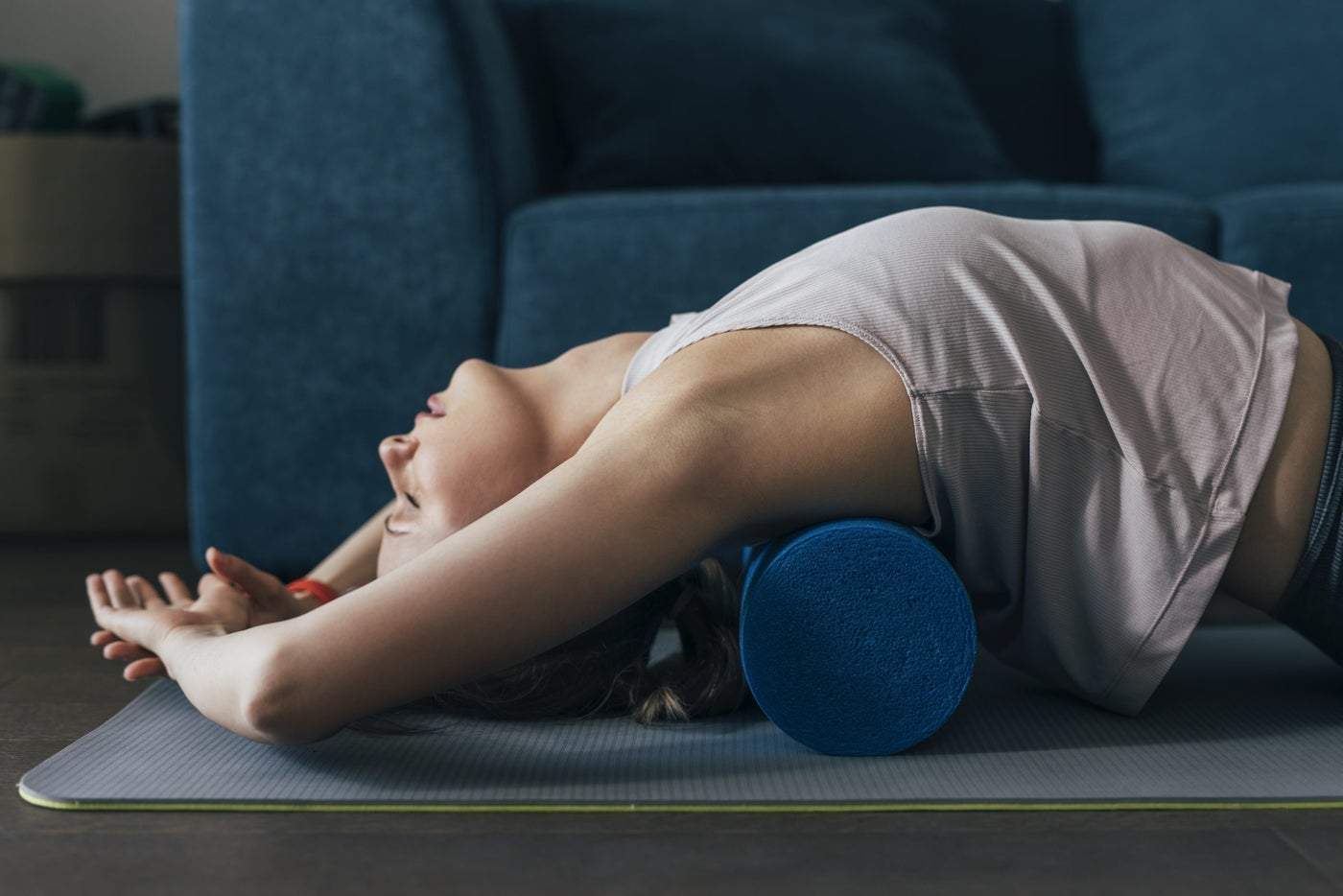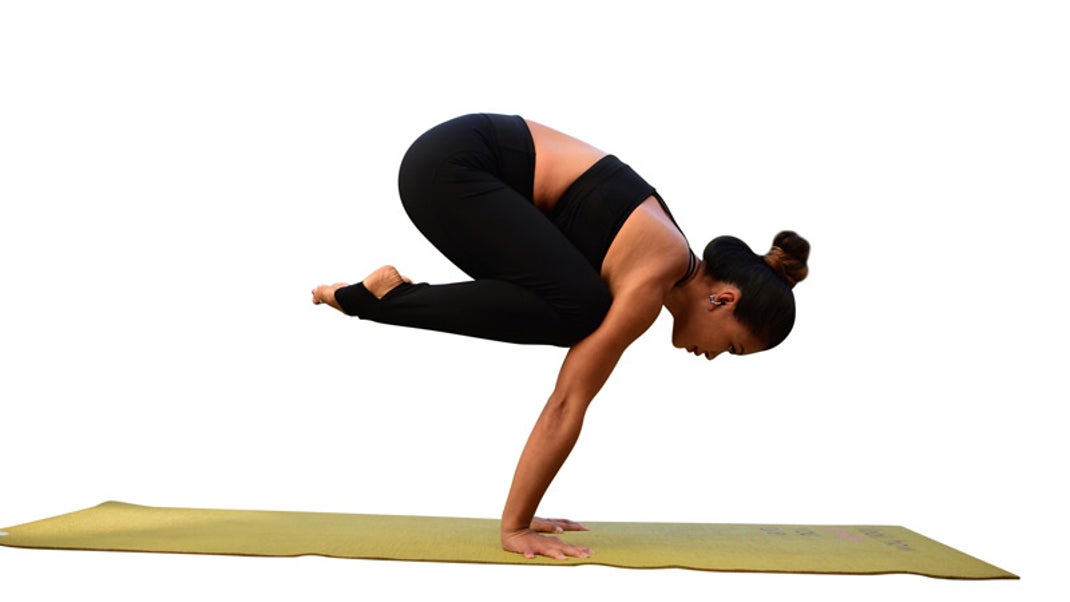Balance poses can be a tricky thing to master. It is important to practice and work on your balance pose at home, but it is also crucial that you seek out help from experts who know what they are doing. Expert Tips To Help You Master The Balance Pose will give you the best advice for achieving the perfect balance in these difficult poses!
Yoga confers balance. First, there’s the literal work of the balance poses, which will strengthen your lower legs and hone your proprioception so you grow more aware of where your body is in space.
Yoga balance poses also teach a more subtle awareness of your body’s center of gravity in different positions, along with a finer sense of how the body works as a unit to balance.
Some principles apply in all balance poses:
1.Remember your alignment.
Learn Mountain Pose well, and let it inform every other posture you take. Never hyperextend your knees in Mountain or any pose. See also: Protect Your Knees: Learn to Avoid Hyperextension.
2. Breathe.
It seems obvious, and at some point, your body will insist you breathe, but you will find more control in balance poses by remaining aware of your breath and letting it stabilize you. Similarly, find a gazing point (Drishti) to help you steady yourself; by keeping your eyes still, you encourage stillness in the body.
Choose something that’s not moving: the edge of your mat, a speck on the floor or wall, the corner of a window. Physically this makes balance easier, and metaphorically it teaches you self-reliance.
3. For asymmetrical poses, spend equivalent time on each side.
This can be measured quantitatively—say, by spending three or five or ten breaths in each pose—or qualitatively, by holding the pose on each side until you get the impression of evenness. Taking some of each approach will allow you to notice which side is tighter and to work yourself toward balance by achieving equal release side to side.
4. Find the appropriate ratio of structural alignment—the position of your bones—to muscular strength.
You may be able to power through a pose like Chair Pose by relying on your muscles, but the pose will feel easier with appropriate skeletal alignment. In one-legged standing poses, keep your supporting leg long but don’t lockout at the knee. You need structural support, but you want access to micro-adjustments from the muscles of the lower leg.
Tad asana (Mountain Pose)
All balance poses—in fact, virtually all yoga poses—are variations on Mountain Pose, which is standing in neutral alignment. It’s a pose you’ll want to know inside out, or bottom to top.
- Place your feet hip-width apart. For our purposes, your “hips” are the place where your femurs and pelvis meet, just below the anterior superior iliac spines (ASIS), or hip points. When your feet are in the right place, there’s probably about a fist’s width of space between your big toes. The toes of both feet should point straight forward.
- Spread your toes apart. Sometimes you need to do this manually.
- Line up your knees over your toes and below your hips. Engage your quadriceps a little to lift your kneecaps. Don’t overtighten the thighs, though, and don’t hyperextend or lock out your knees.
- Bring your pelvis to a neutral position between cat tilt and dog tilt. If your hips are unlevel, try to draw them on a line parallel to the floor.
- Exhale and tuck your lower ribs in toward the spine. Let your shoulder blades relax down your back, without pinching them in toward the spine. Arms are relaxed and heavy.
- Inhale and lift up from the crown of your head. This will lengthen the back of your neck, bringing your chin down toward your clavicle. Stand as though there were a string connected to the top of your head, with a puppeteer pulling you upright. The shoulder girdle and the pelvis balance around the midline of the imaginary string. Return your awareness to your feet. Where is your weight borne? Slowly shift the weight around to find the four corners of your feet: big toe, little toe, inner heel, outer heel. Press down through all of them evenly. Feel stable, grounded, steady as a mountain.
Mountain Balance
While Mountain Pose may feel very easy, you can find ways to make it challenging, and in the process learn to find neutral alignment in motion.
- First, lift up to stand on the balls of your feet. Notice how your body weight shifts forward and back to find stability. Are you arching your back? Bending your knees? Can you both lengthen and straighten without making yourself rigid? Try to find the same sense of stability you had with your heels down. Return your heels to the ground and evaluate the difference.
- Next, shift your center of gravity by raising your arms overhead and lowering your shoulders. Let your arms be parallel, palms facing each other, just as they were when they rested at your sides in mountain pose. Again, draw your edges in toward your center, so that you feel tall and steady. If you feel unstable, this and every balance pose can be performed near or against the wall. Feeling the contact of your body with the wall gives you feedback about your alignment while practicing just near the wall imparts confidence since you can reach or lean to it if you get wobbly.
Vrksasana (Tree Pose)
The tree is a balance pose that requires strength and flexibility. If your hips are tight, the outward rotation of the raised leg will be difficult.
- Begin in Mountain Pose. If you have a mirror handy, look at your waistline and hips—they should stay level as your leg starts to rotate. Bring your hands to your hips so you can feel their position.
- Bring your weight onto your left foot, taking care to let the entire foot support you. Don’t roll to the outside of the foot, and don’t collapse your left arch.
- Bend your right knee and rotate your leg clockwise from the hip, so that it angles out. Keep the ball of your right foot on the floor, and rest the right heel against the inner left leg, in a kickstand position. Check that your right hip hasn’t cocked higher in response to this rotation. If your hips are still square, lift your right foot higher against the left leg, to cup the inner left calf with the arch of the right foot.
- If you want to progress higher, bring the right foot to the inner left thigh, but be sure that you aren’t lifting the right hip at the same time.
- Your arms can come to any position you like. Reaching out to the sides will make balance slightly easier, since your arms can make micro-adjustments, like a tightrope walker holding a pole. Hands into the midline is a little more difficult while reaching the arms overhead presents a further challenge. Your palms can touch in a prayer position or be held parallel. Some swaying is natural here. Remember that trees sway in the breeze, and that’s what keeps them from toppling when the wind blows harder. Come out of the pose while you still have control, and pause for a few beats in the mountain pose to notice the effects of the pose before moving to the other side.
Utkatasana (Chair Pose)
The balance pose builds strength in the quads. It requires core stability and mental determination as well. Be sure to breathe throughout your time in the pose.
- From Mountain Pose, bend at the hips and knees into a squat position, as if sitting in a chair. Once you assume the squat, make sure you aren’t straying from your original alignment. Your knees should track straight forward over your toes. There’s no need to bend so far that your knees pass your toes. Check also that your back keeps the same natural curves it holds in mountain alignment. Many people need to move slightly toward cat tilt in Chair Pose to remove excess curvature of the lower back (lordosis) and to correct a propensity to stick the bottom out.
- The arms actively reach overhead while the shoulders remain low and relaxed. Keep your chest open. Breathe. This pose offers great isometric strength training for the entire body. Set yourself a goal of taking a number of full, even breaths, and return to mountain pose or relax into a standing forward fold when you reach it.
Chair With Prayer Twist
You can add to the isometric work of Chair Pose by twisting.
- From Chair Pose, inhale to bring your hands to prayer position at your heart, then exhale to twist to the right. Make sure that this and all twisting happen around a long spine. If you can keep the spine long while hooking your left triceps on the outside of your right knee, go for it.
- Gently press your right hand into the left to gain energy for the twist.
- Inhale to unwind, and exhale to move to the left, hooking the right triceps against the outer left knee. Feel free to take a break in between if the leg work is too intense. You’re learning to listen to your body’s needs—an approach that will serve you well back on the road or trail, where you might be used to pushing through intensity.
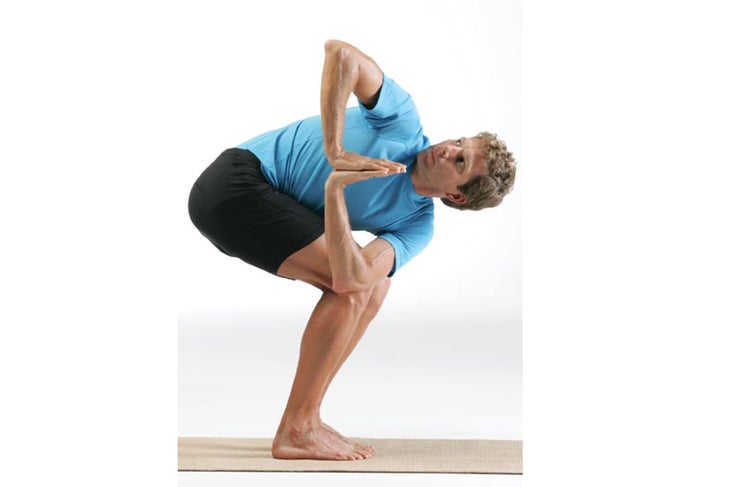
Garudasana (Eagle Pose)
While Eagle Pose may look like a pretzel from the outside, inside this balance pose contains mountain-pose alignment, with the shoulders in a level relationship with the hips. It builds strength in the standing leg while opening the backs of the shoulders. As in Chair Pose, you’ll need to use both mental focus and your breath to hold the pose.
- Briefly sink into Chair Pose, then bring your weight onto the left leg.
- Lift the right leg and cross it over the left, knee near the knee. Keep your hips level. If the right hip is significantly raised, don’t go any deeper; instead, work to settle it down to match the left. You might be able to hook the right toes around the left calf—but you might not so don’t be too attached to the outcome.
- The Eagle Pose arm position is optional. Try it once you’re stable with the leg work, or simply practice it on its own. If your right leg is on top of your left, give yourself a hug with your right arm underneath, stacking your left elbow over your right elbow. If this is doable, try bringing the backs of your forearms up, resting them together. A final step is wrapping your wrists so that the fingertips of the right hand are held in the palm of the left hand. Lower your shoulders and lift your elbows, so that the upper arms are parallel with the ground. Your hands will bisect your gaze; look through and beyond them.
- Inhale, unwind, and return to mountain pose before moving on to the other side.
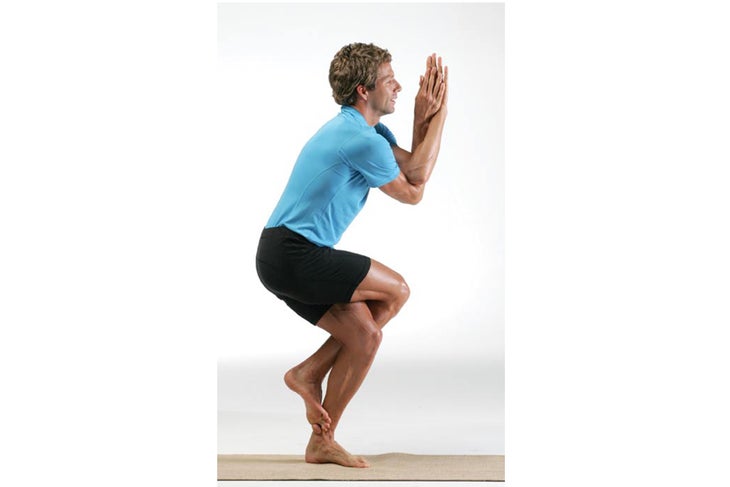
Nataraja Sana (Dancer Pose)
Dancer Pose offers a deep stretch for the hip flexors, a chest stretch, a backbend, and a hamstring stretch for the standing leg, all while challenging balance. This pose plays with your center of gravity, giving you a chance to balance your weight on a single leg from an unusual position.
- Begin with a classic quadriceps stretch in Mountain Pose alignment: Your weight is on the left foot as the right knee bends and the right-hand takes the top of the foot or the ankle. Your knees should remain in their mountain position under the hips and alongside each other. The waist stays level, and the shoulders are even.
- Begin to kick your right foot into your right hand, sending it into the space behind you while maintaining the original alignment of the knee and hip. If your right leg cocks out to the side, tight quadriceps muscles are interfering. Focus not on lifting the leg high but on keeping the right knee in line with the right hip.
- Your left arm can extend to help you balance. Reach actively forward while keeping the arm and spine long.
- To deepen, hinge from your hips and lean the torso forward while deepening the push of the right foot into the right hand. Keep the right hip in its mountain alignment; don’t roll it up to the right. Its direction is toward squareness with the left hip. Similarly, keep your shoulders in alignment; the chest stays broad as the right shoulder stays in line with the left shoulder. Be sure to breathe, and be sure not to hyperextend your left knee. Rise up on inhalation and pause before coming to the other side.
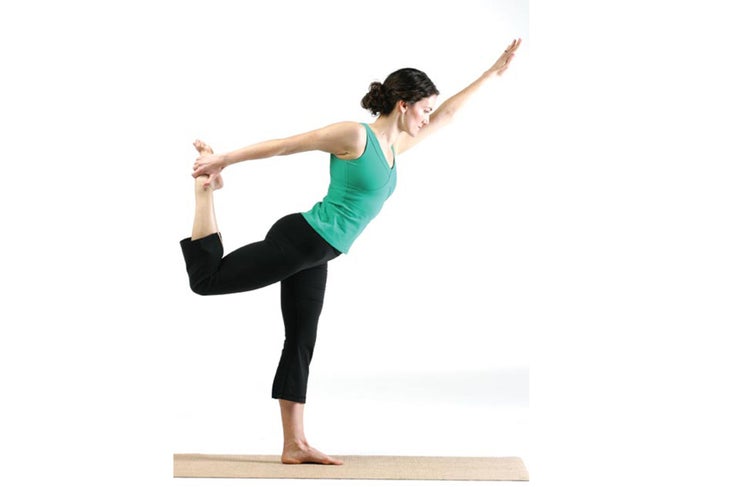
Batasan (Crane Pose)
Crane pose will give you a taste of arm balance, and you’ll find it attainable with a little practice and a big sense of humor. It helps to use a landing pad in front of you—a stack of pillows from the couch, a yoga blanket, or two—because you may topple forward while trying to get the hang of the pose.
- To begin, squat down from Mountain Pose. Place your hands on the floor, shoulder-width apart. Spread your fingers as wide as you can, and ground your palms. The broader the base you have, the more stable you’ll be and the less stress you’ll put on your wrists. Walk your feet close, so that your big toes touch.
- Open your knees and take them high up your arms, just to the outside of your armpits. Rest your shins against your triceps while bending your elbows close to your body—won’t let the elbows bow out to the sides.
- Start taking some weight onto your arms. Keep your elbows close to your sides. Hug your knees toward your center, so your lower legs remain balanced on your upper arms.
- Lift up to the big toe of one foot and find your balance. Replace that foot and prop up on the big toe of the other. Try lifting one foot. Try lifting the other. Try lifting both at once, big toes resting together in space. Keep your neck long—you aren’t steering here, you don’t need to see where you’re going. Gaze at the floor just in front of you, and keep breathing smoothly. When you come down (hopefully on your feet and not your head—you did set up a landing pad, right?), roll your wrists around and smile. Crane pose teaches you to use your core muscles to stabilize yourself between your hips and your hands, which can come in handy in mountain biking or any dicey bike-handling situation. Crane is also a good preparation pose for handstand (Adho Mukha vrksasana, or downward-facing tree), which is best learned from an experienced teacher.
Conclusion:
Expert Tips to Help You Perfect Balance Poses and Crane Pose for Mountain Biking.
Mountain Pose alignment: Your weight is on the left foot as the right knee bends and the right hand takes the top of the foot or the ankle. Your knees should remain in their mountain position under the hips and alongside each other. The waist stays level, and the shoulders are even.

